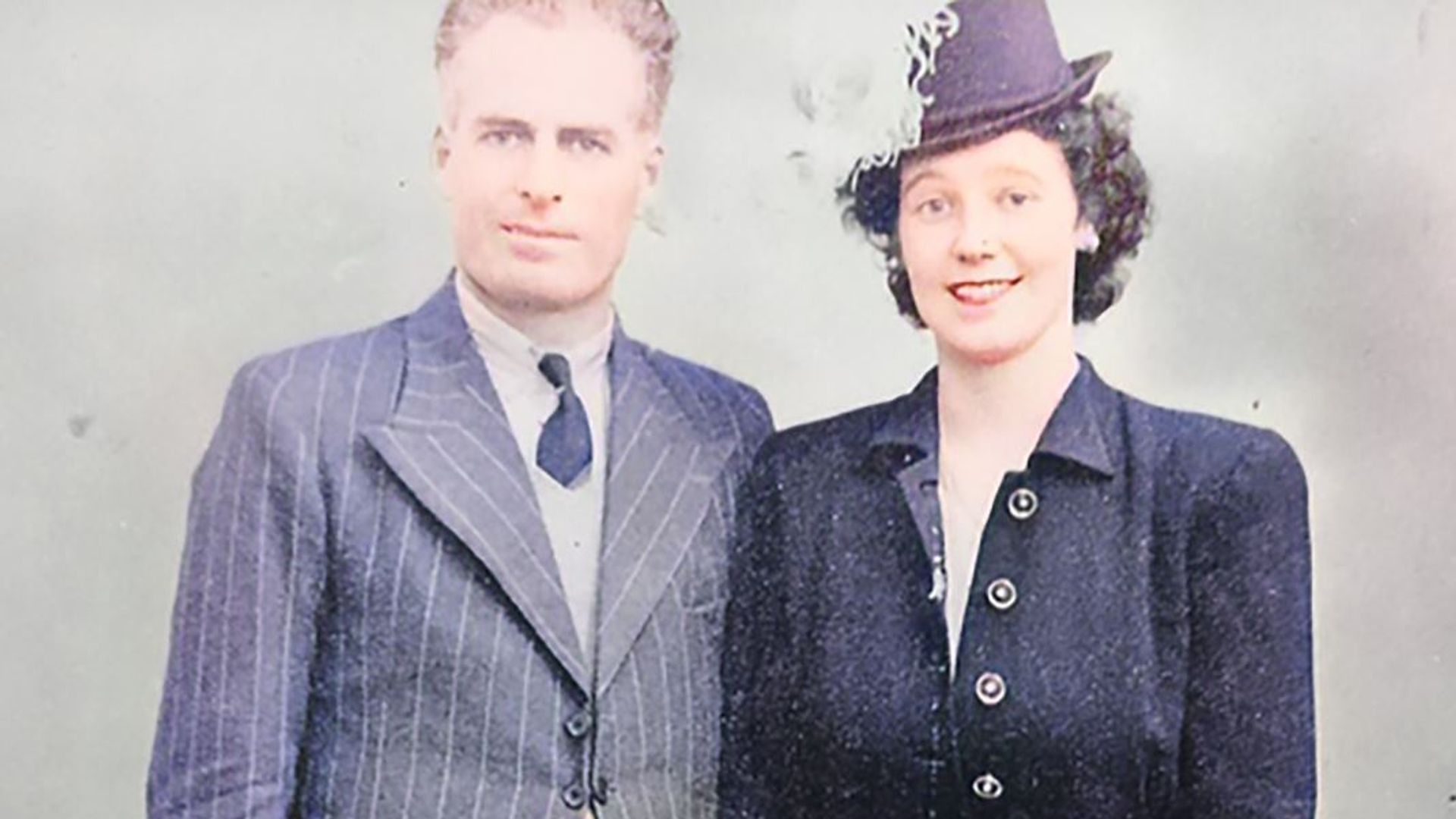“Please check, please repeat.” A frantic telephone call from a woman with a cut-glass English accent took Maureen Sweeney by surprise.
A short time earlier, the Irish postmistress had filed her hourly weather report: “Force six wind and a rapidly falling barometer.”
It was her 21st birthday but she and her soon-to-be husband Ted, keepers of the Blacksod Lighthouse, had their job to do.
Their son Vincent recalls: “My mother said, ‘oh my God, were my readings wrong?'” They were not wrong, but they had caused alarm for those planning the imminent D-Day landings.
Some 5,000 ships and 11,000 aircraft had transported 156,000 Allied troops in readiness for the beachfront offensive at Normandy.
But there was one thing UK, US and Canadian commanders had no control over – the weather on 5 June, the date they had earmarked for invasion.
It is small and unremarkable in appearance, but the lighthouse at Blacksod Point in County Mayo was about to claim its place in history.
Eleven things you might not know about D-Day
Urgent review as D-Day parachute jump scaled back due to lack of RAF aircraft
World War Two veterans share ‘living history’ with children ahead of 80th anniversary of D-Day
Read more:
Urgent review as D-Day parachute jump scaled back
D-Day: War veterans share ‘living history’ ahead of anniversary
Situated on the western edge of Europe, flanked by a pretty fishing village, immaculate beaches and the neighbouring Achill Island, it surveys the vast Atlantic Ocean.
Vincent, who is the current lighthouse attendant, explains: “We have the first gaze into the Atlantic.
“Any weather that is coming in will come in over us.
“But this depression, with northwest winds, was coming in directly over Blacksod, down through the UK and into the Channel.
“That would have hit Normandy in about five hours, so it was critical.”
Despite Ireland’s neutrality during the Second World War, it continued to supply weather forecasts to Britain under an agreement in place since independence.
Maureen never imagined for a moment that the fate of tens of thousands of Allied troops hung on her readings.
Her report on 3 June indicated a cold front lying halfway across Ireland and moving rapidly south-eastwards, towards Normandy.
Had the plan gone ahead, Allied troops would have faced catastrophe, trying to steer boats through rough water and scramble on to the beach in driving rain.
Be the first to get Breaking News
Install the Sky News app for free
Maureen’s weather warning, checked and double-checked by Ted, persuaded those in charge to postpone by a day.
In the early hours of 5 June, at General Eisenhower’s morning briefing, another report from Blacksod confirmed that the cold front had passed.
A loud cheer went up in the room, the long-awaited weather clearance had arrived and he gave the order for Operation Overlord to proceed.
Shortly before her death last year aged 100, Maureen recalled those three days in June 1944.
“Eisenhower was making up his mind… but when he saw the report from Blacksod, it confirmed that he was right, and he went ahead then,” she said.
It was more than a decade after D-Day, when weather forecasting arrangements changed, before Maureen and Ted learned the critical role they had played.
Vincent explained: “They had a fair idea that there might be something up because the weather went in every hour on the hour and then came the call to please check, please repeat.
“But it was 1956, when the weather station moved from Blacksod, when an official came to assist with the relocation.
“He said, ‘by the way Ted and Maureen, do you realise the significance of the weather forecasts you sent on the 3, 4 and 5 June 1944?’
“‘I can tell you now that those forecasts were the decisive factor before Operation Overlord could proceed’.”
Observations were taken at various locations by Royal Air Force, Royal Navy and United States Army and Air Force meteorologists.
But the forecast from the Irish Meteorological Service, based on readings from Blacksod on Mayo’s Mullet Peninsula, proved crucial.
Had Maureen not accurately read the signs, the D-Day campaign, the turning point of the Second World War, would almost certainly have ended in failure.
The US House of Representatives acknowledged her contribution with a medal and certificate recognising her “laudable actions” for perpetuity.
Her grandson Fergus Sweeney, a tour guide at the lighthouse, says his grandmother saved the most ambitious invasion in history from disaster.
“It would certainly be a different world today. You can imagine what would have happened to the allies had they gone during the bad weather.
“The invasion would have been a disaster… but of course, that would have changed the world we live in.
“The world we live in today is dictated by what happened at the end of the Second World War and so everything that we know now would be vastly different,” he said.
Keep up with all the latest news from the UK and around the world by following Sky News
Blacksod Lighthouse remains a vital landmark for passing seafarers and is now a refuelling station for search and rescue helicopters.
The keepers of the light here are still saving lives 80 years on.






















